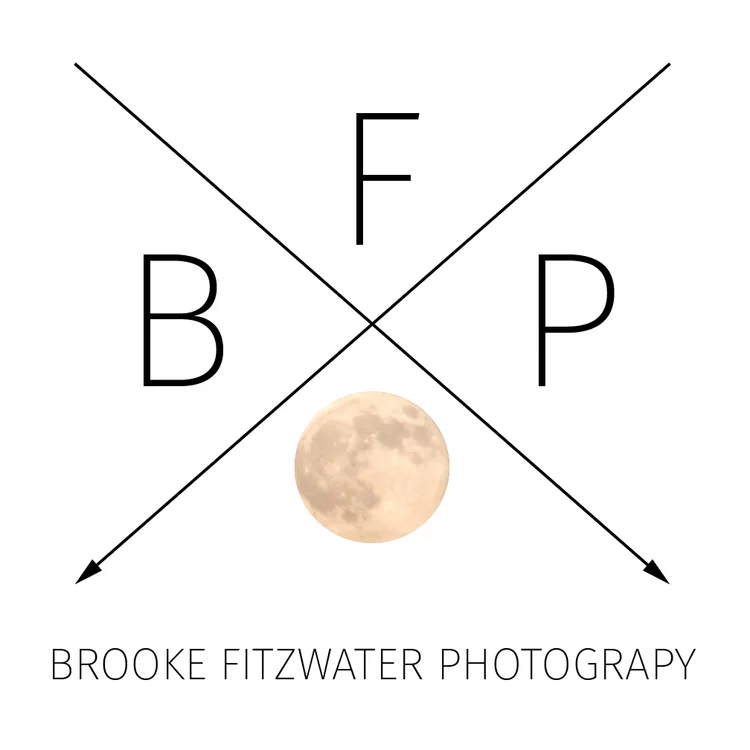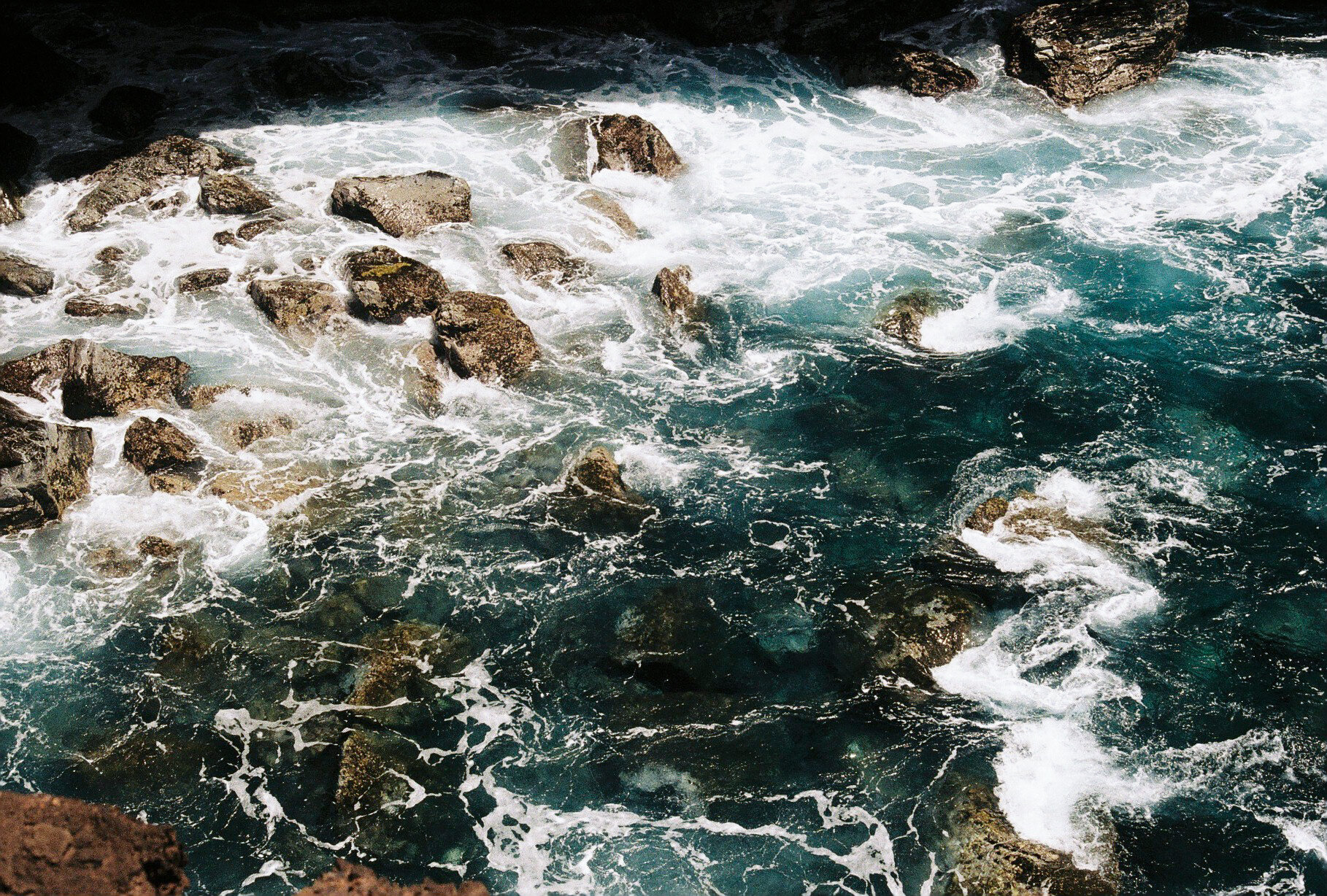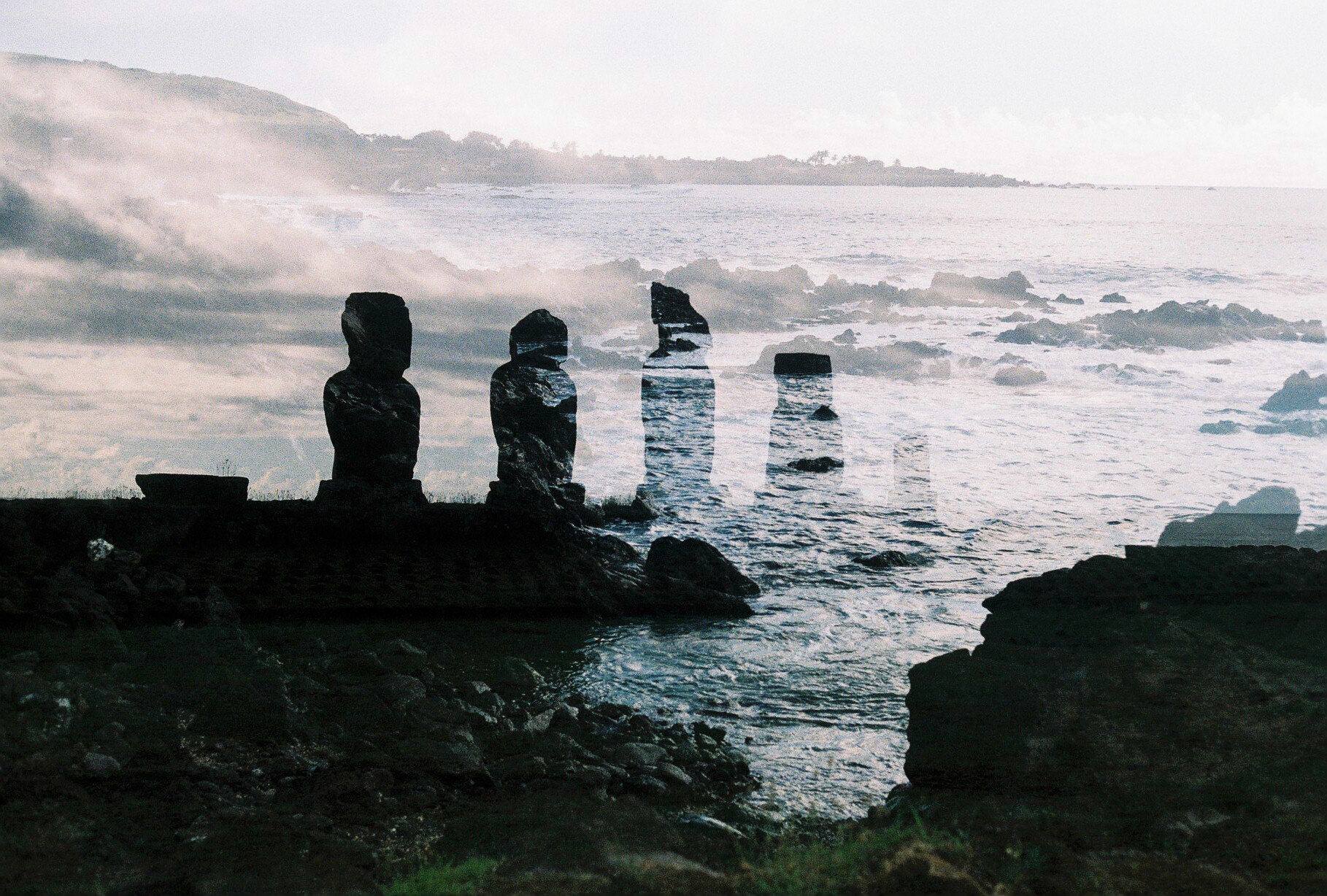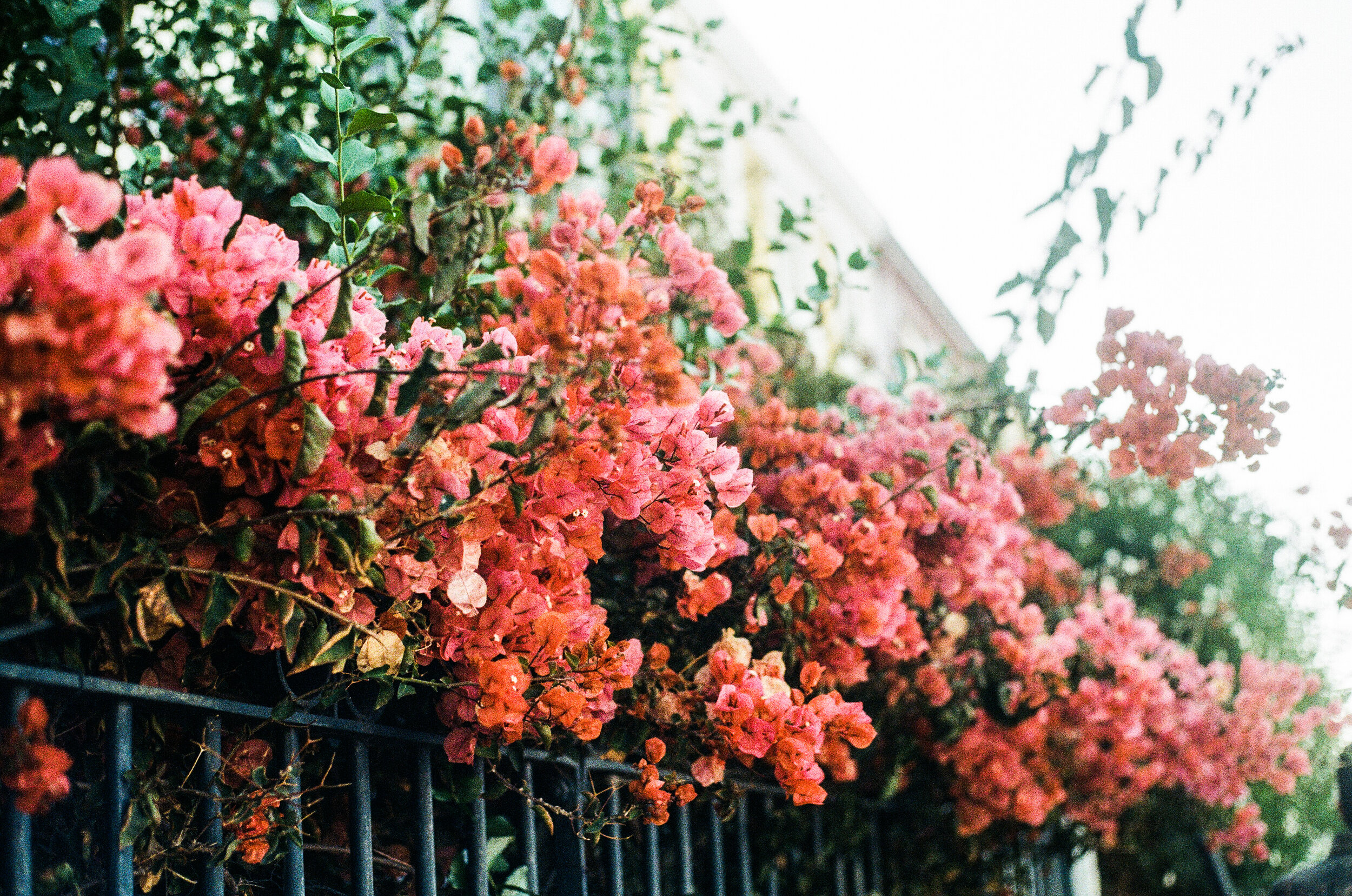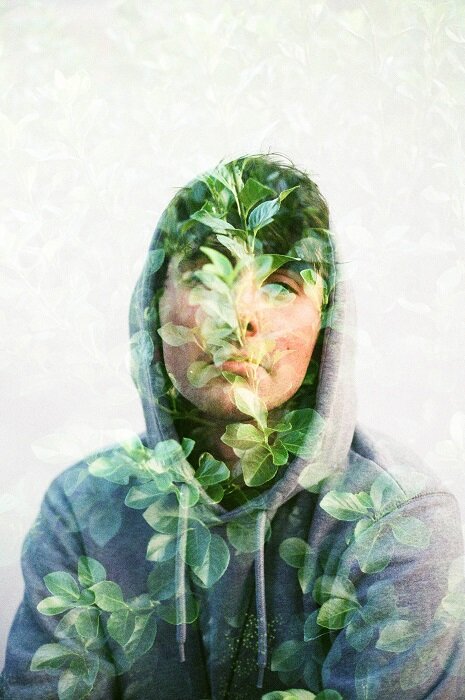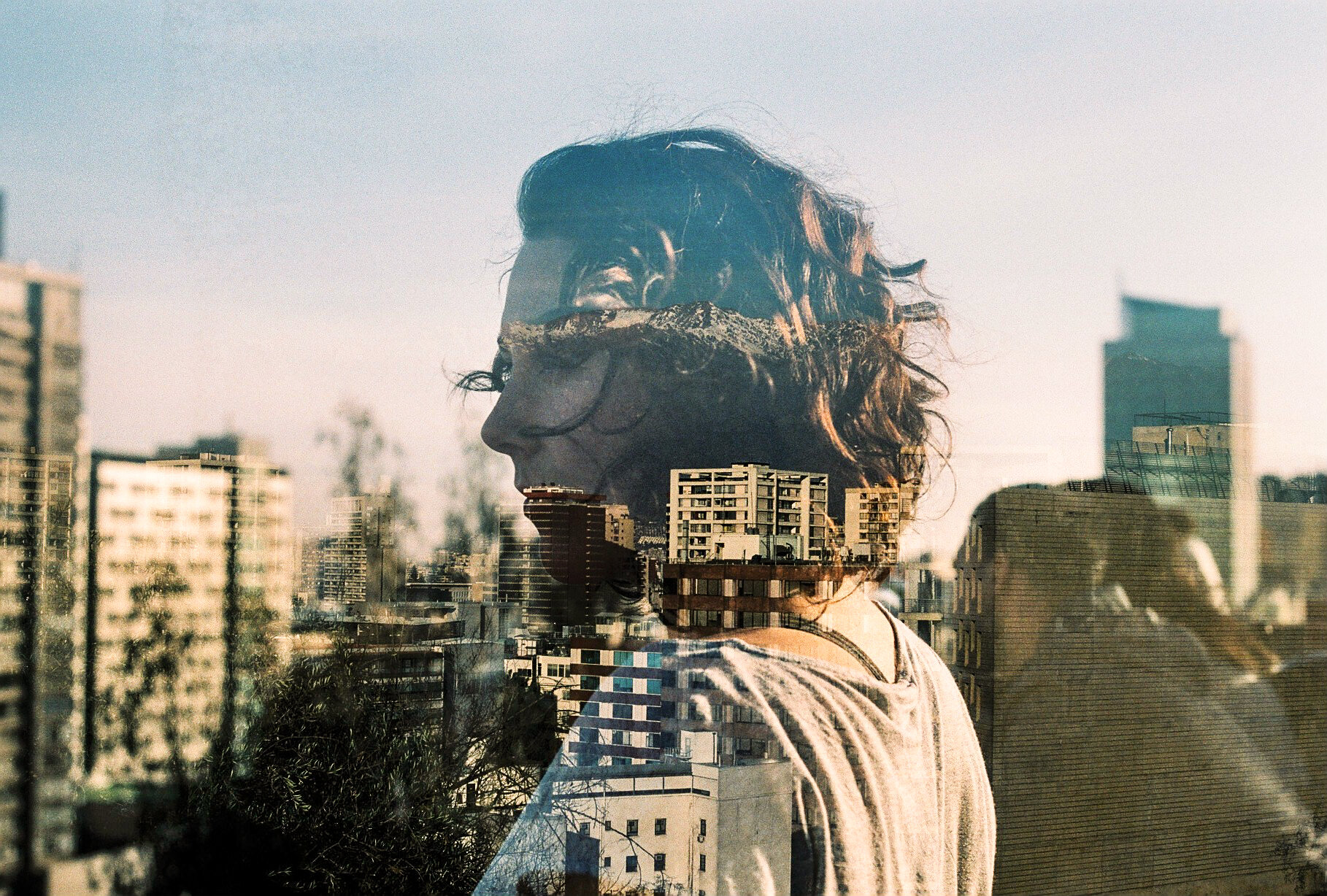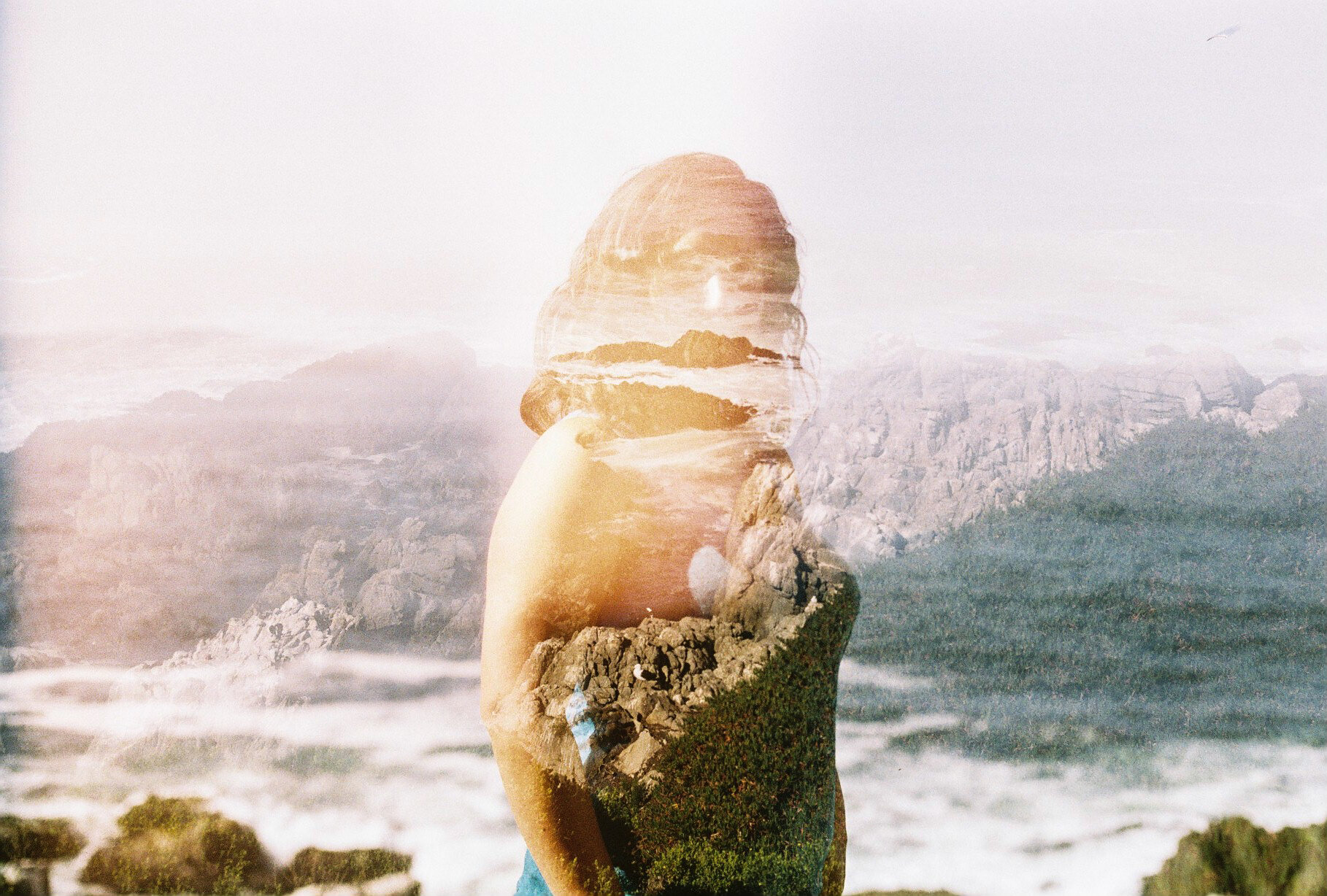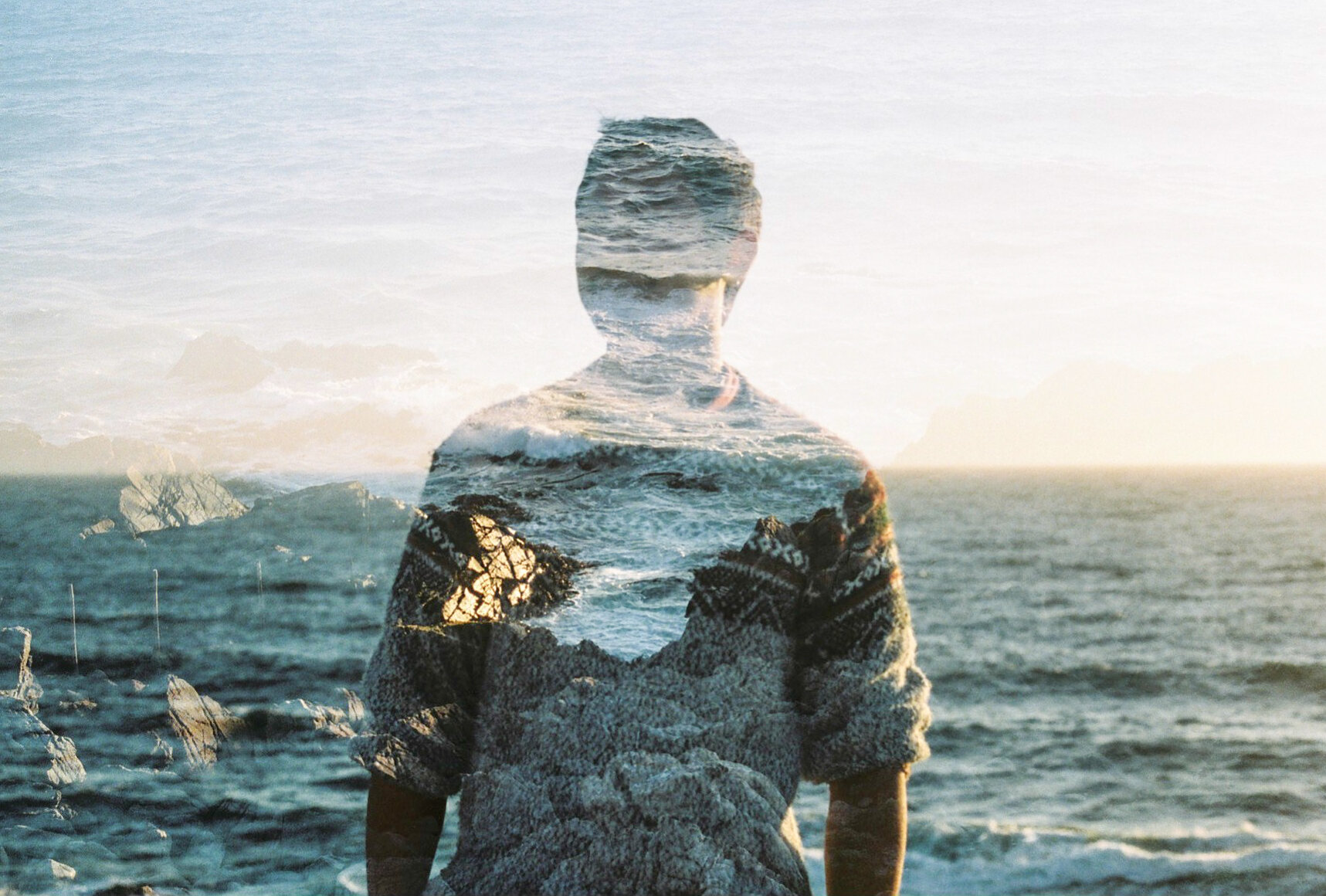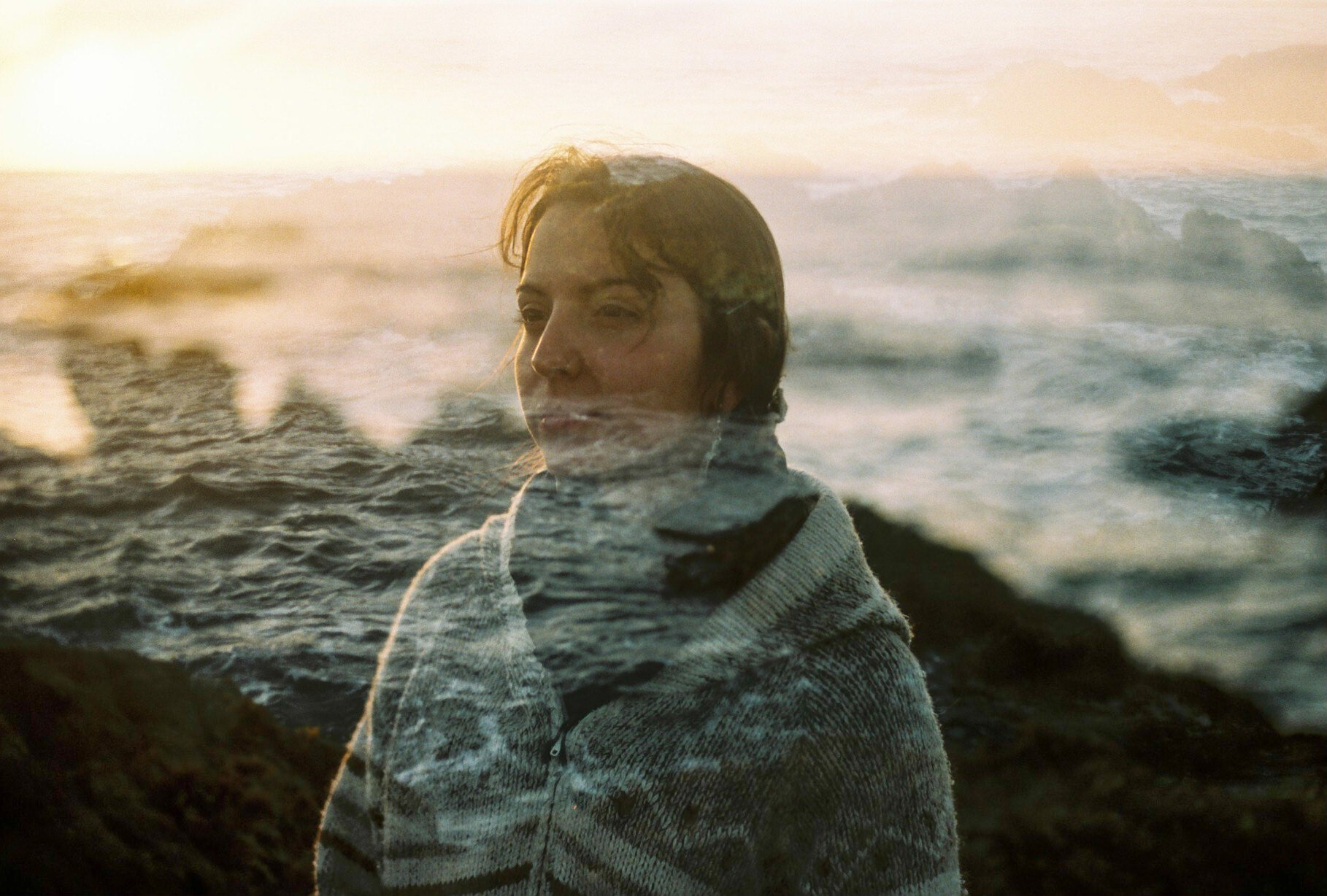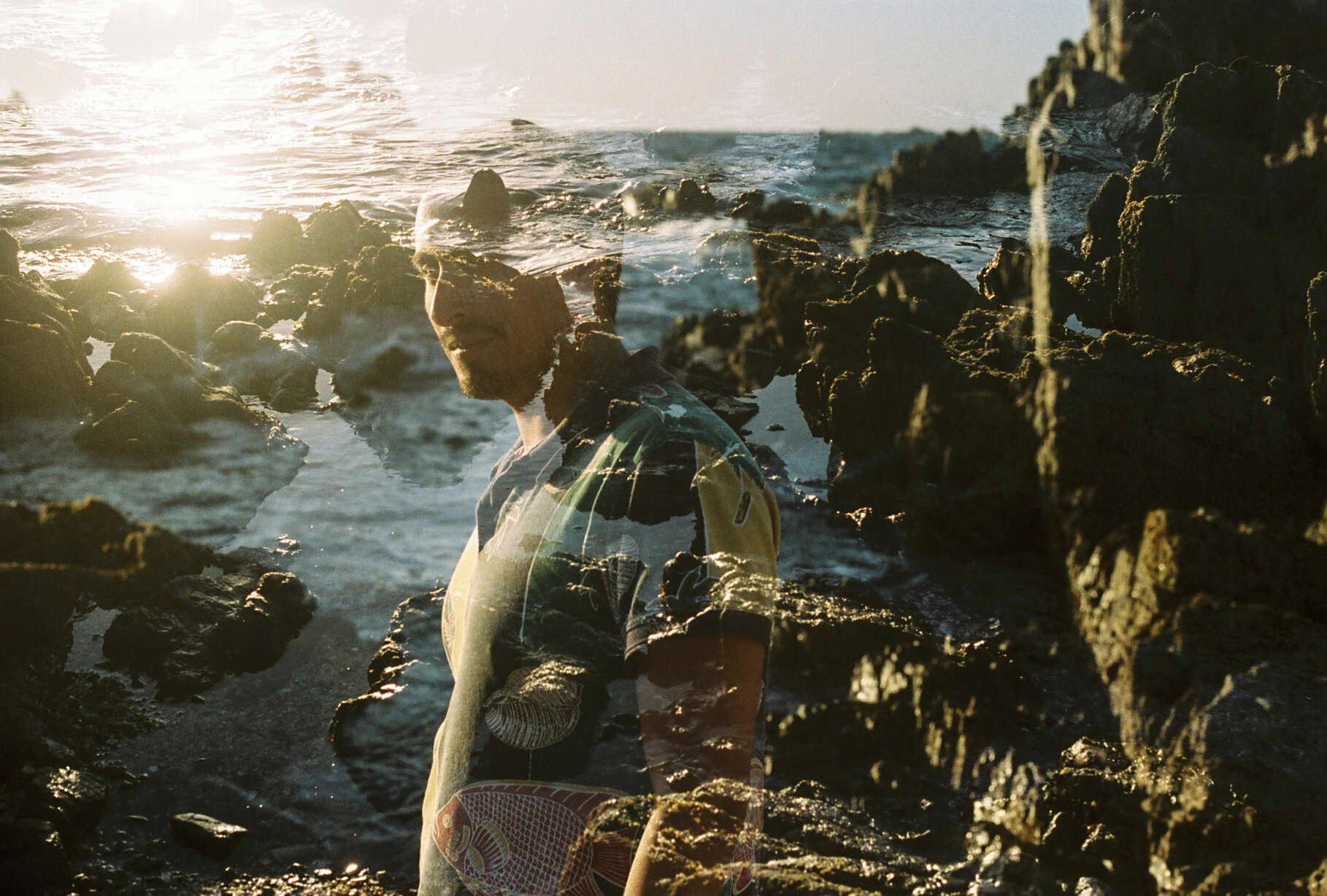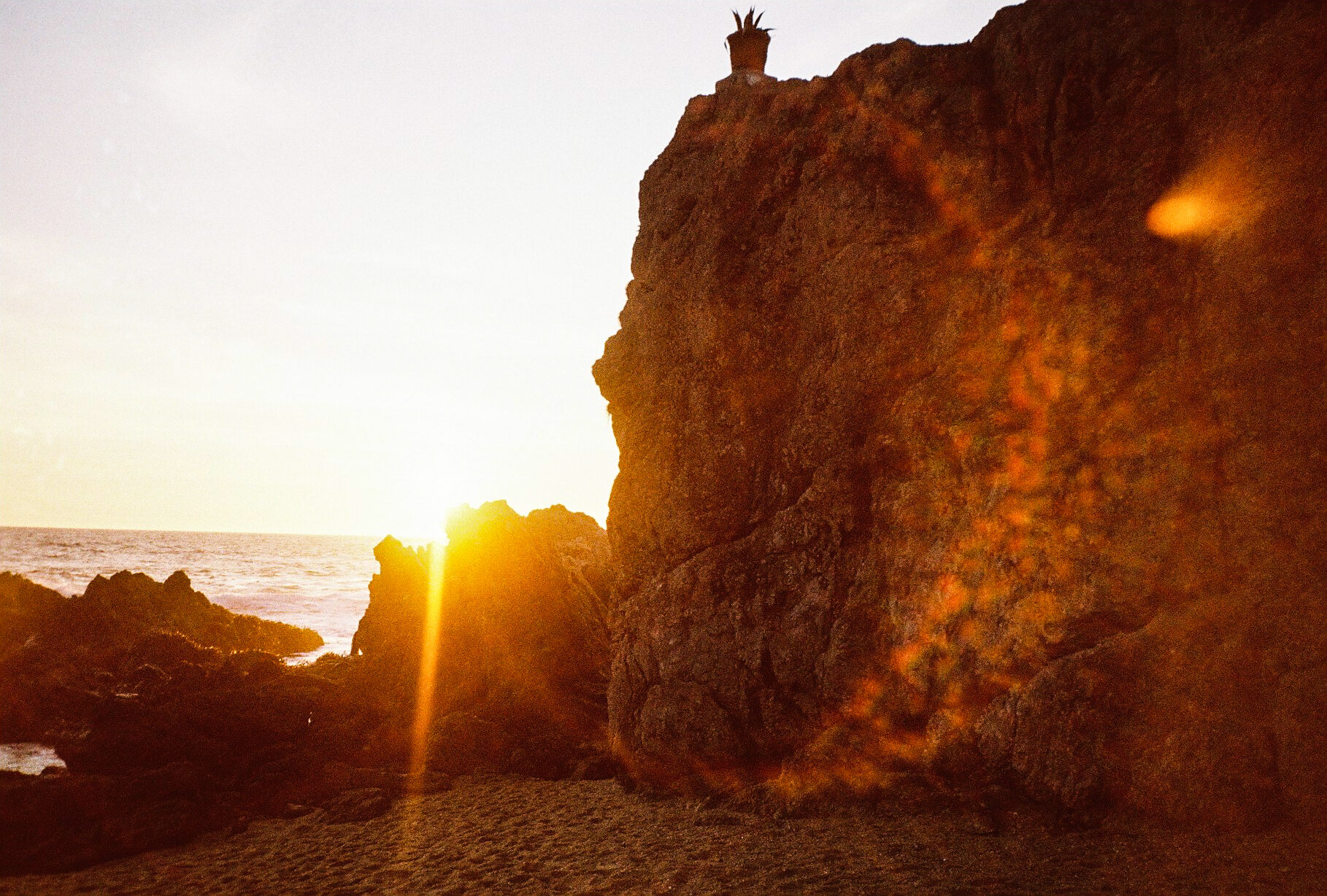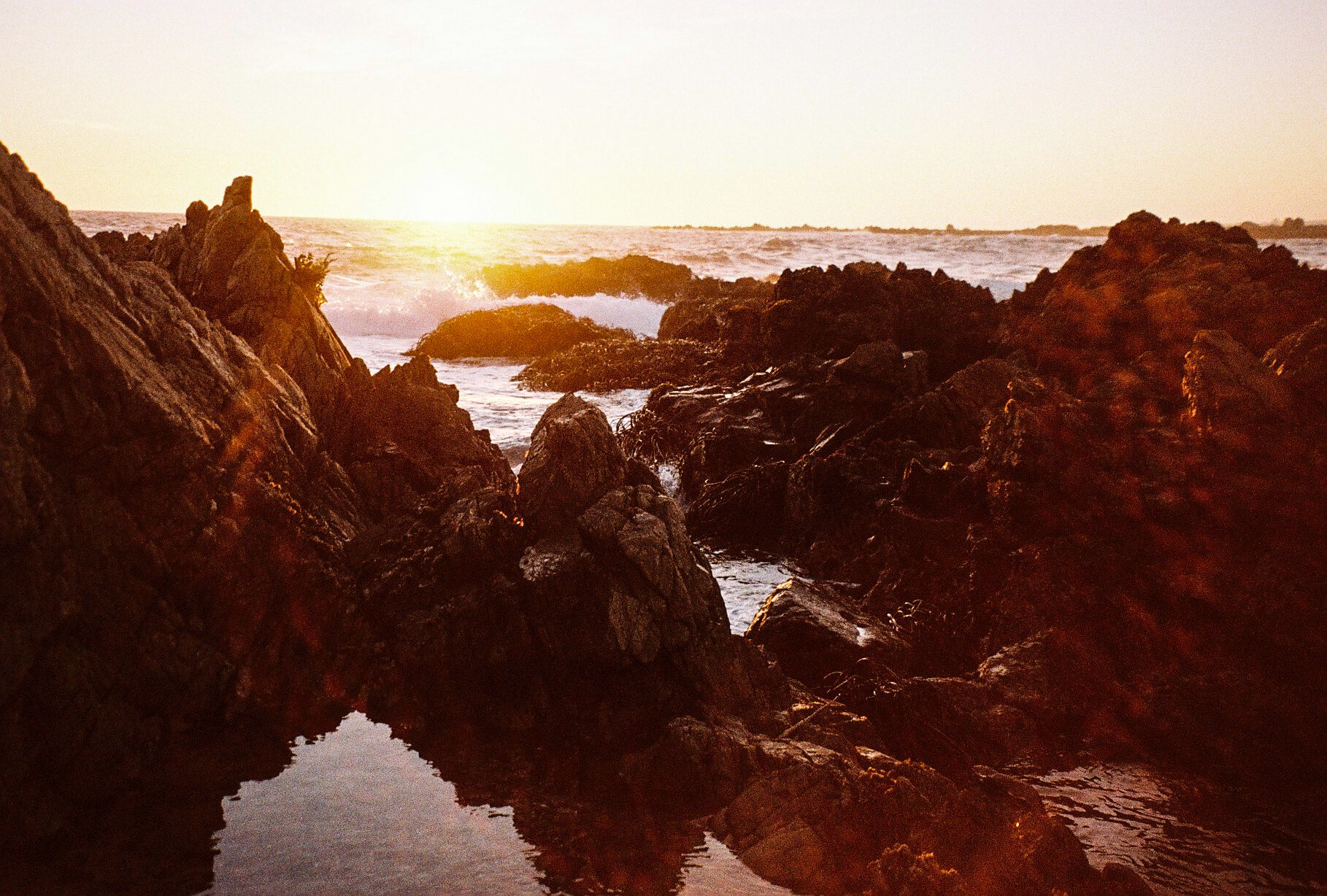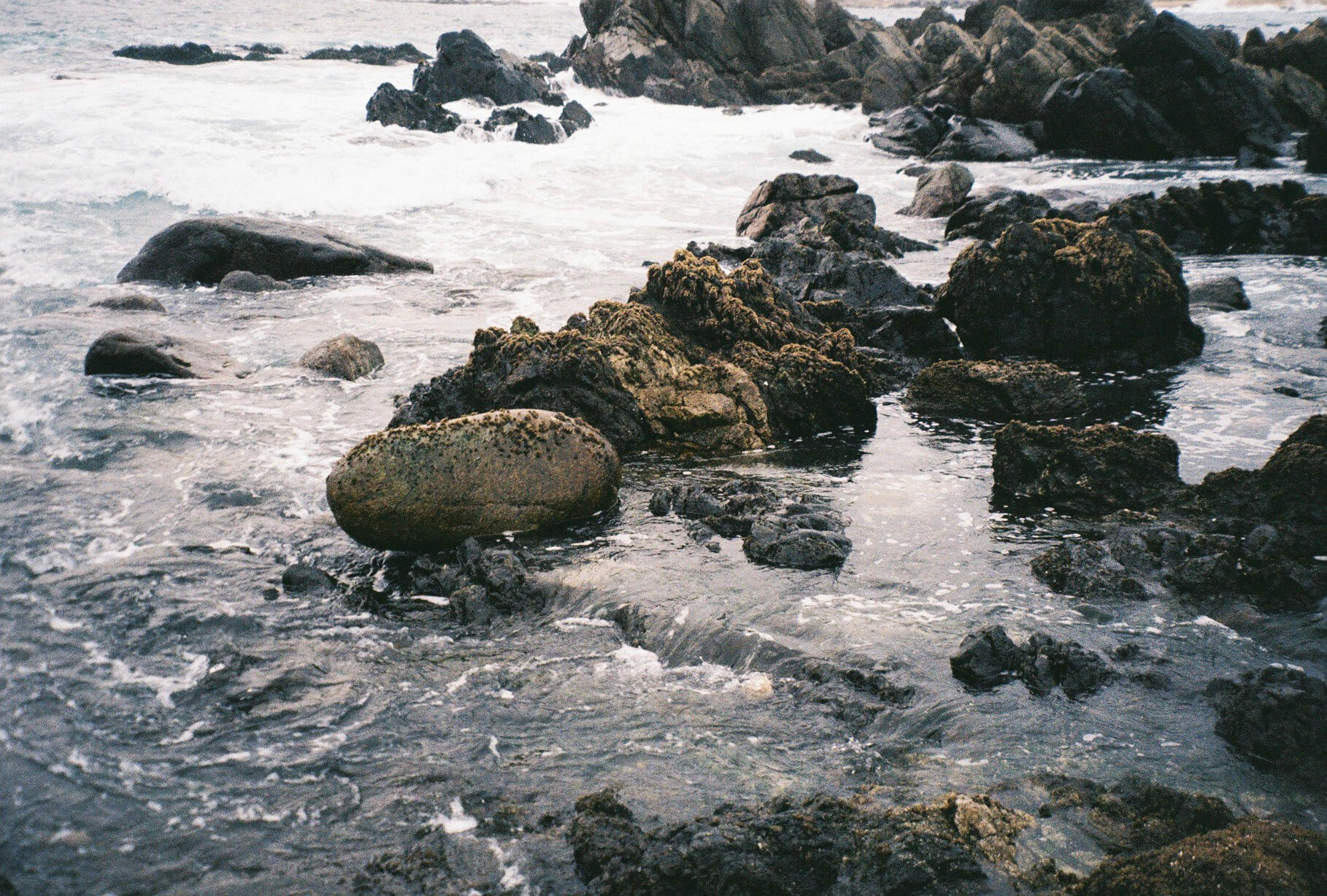Film can appear both intriguing and overwhelming even to a professional photographer. Its alluring colors, textures, and vintage aesthetic make it appealing and have led to the re-emergence of film over the past few years. But why shoot film?
For me personally, I had always been drawn to it. Nearly all of my favorite photographers when I was a teenager shot film (although I did not realize it at the time). Years of looking at these photographs had a profound influence on the way that I shoot and what I look for in photographs. It was only natural that I was drawn towards the medium.
However, it took about seven years between me having an interest in shooting film and actually doing it. I had a film camera that had been passed down, a Pentax ME, but it was broken and unusable. I never got into film before because of the perceived cost. I purchased a DSLR first and learned how to shoot manual for several years, but I still longed to capture that “film-look.” My last few months of my senior year of undergrad, I became obsessed with learning about and shooting film. I absorbed all of the information I could and after graduating in spring 2018, I decided to give myself a gift after four arduous (but incredible) years of a Biology degree: I bought a Canon A-1. With my 8-month excursion to Chile fast approaching, I knew I could not go without a film camera. I shot my first roll shortly before leaving and I fell in love.
For those on the fence about it, there are many reasons why you should get into film. Below are just a few to help you make the leap.
Film helps you to become a better photographer
When shooting film, you do not have a digital display that shows you the image. You won’t see it until it is developed. You also only get 24-36 images if you are shooting 35mm film and fewer if you shoot medium format (we’ll get to these terms, don’t worry!). This scares some people and it certainly intimidated me. However, it’s not as scary as you may think. The fact that you can’t see the result immediately and that you have fewer images to shoot forces you to slow down and really think about which settings to use and what to photograph. It is a slower process, and part of that is wonderful. Your photos feel more intentional. Plus, there is nothing like getting those photos back from the lab (it’s like Christmas for me when I get mine!). Over time, you will develop your style and your eye for it and it will transfer to the digital photos that you take. Film can also be very forgiving, so if you overexpose an image, your image will probably still be good.
It is not nearly as expensive as you think it is
Film can certainly be expensive, but it doesn’t have to be. You may be able to get a camera that works for free from a family member or friend. If not, you can get one for cheaper than $150 if you are lucky and depending on the camera (Here is a great video on buying film cameras: x). I actually bought mine from Used Peonies on Depop. The camera will typically be the most expensive part, and if you start with a point and shoot it may be even cheaper. I found one at Goodwill for $5 and it took some pretty good shots. Once you have the camera, you have to select your film, and some like Kodak Colorplus 200 (which I shoot often) can be as cheap as $3.50 per roll. You also pay for a lab to develop your film for you (yes, you can develop it yourself, but I don’t recommend it for beginners). I recommend Boutique Film Lab, they are an amazing film lab based in Nashville, TN, and they will develop and digitally scan your rolls for you (we will talk about this below). You could be looking at spending less than $200 to get your camera and shoot your first few rolls. You’d be hard-pressed to find a good DSLR for that price plus the cost of Lightroom and/or Photoshop. It is an investment, but is worth the initial cost.
It takes gorgeous photographs
There is no denying that film is beautiful. There is a certain look to film that is hard to get with a digital camera. Small moments like a mug of tea sitting on a windowpane look instantly more beautiful on film. Photos of your friends or moments in life have a unique look that a cell phone simply cannot capture. Film cameras are a great way to capture every day life in a way that makes you stop and think, and it is a great way to document. It also produces truly gorgeous portraits and stunning colors or breathtaking black and white shots. If you are looking to shoot something different, film is the way to go.
You can take unique shots
While some digital cameras have a multiple exposure function, many don’t. Film, on the other hand, invented them. I love taking double exposure and have taken several over the past year and even did an entire series using the technique. Not everyone likes double exposures, but personally I love them. You may also get light leaks or “first of the roll” shots.
You may be ready to start your film photography journey but may still feel a little overwhelmed by all of the information out there. Below is some info to help you determine which camera and film stock to get and how to get started shooting film.
35mm vs. Medium Format
The two main film formats that you are going to come across as a beginner photographer is 35mm film and medium format. 35mm film (sometimes referred to as “135” on a box of film) is the typical film that most people think of when shooting film. The cameras tend to be cheaper and you have more negatives (photos) on each roll (between 24-36 depending on the film stock). Medium format (aka 120 film) can be a bit tricky and I won’t get into it too much here (I still haven’t shot it yet!), but basically you have a larger negative size which results in a typically higher quality photograph. You get fewer photos (typically between 10-16). I don’t recommend starting with a medium format camera as it costs more and is a bit advanced for newbies.
Point and Shoot vs. SLR vs. Rangefinder
For those who have no experience photographing or very little (especially those with little to no experience shooting with DSLRs), I recommend starting with a point and shoot. Below are a few shots I have taken on a point and shoot I bought at Goodwill.
You can get a point and shoot for cheap and they are easy to learn and will help you to develop your eye for photography while still shooting film. For those with more advanced skills, you can start with an SLR or Rangefinder (although many professionals use point and shoots due to their easy of use and their retro vibes). Rangefinders allow for pristine focus, but they are often far more expensive. SLRs are more common and typically cost less. You can browse around to determine which works better for you, but each camera type has its pros and cons. My current camera is an SLR and I will admit that the focusing can be tricky but with practice you will get better.
Choosing a film
There are A LOT of options for shooting film. You can shoot color or black and white, and there are a variety of price ranges. You may notice a number after the names of each film stock (Kodak Portra 400, Kodak Colorplus 200, Ektar 100, etc.) - this represents the ISO of your film. In a digital camera, you can choose which ISO you want in the moment, and this determines how much light the camera lets into the camera and what combination of aperture and shutter speed you will need to use. In film, you set the ISO in the camera at the beginning (unless you are using a point and shoot), and that is the ISO you will use for the entire roll. The higher the ISO, the more light the film will receive. However, the grain may be a bit higher the higher your ISO (depends on the film stock), so a 100 speed film (aka ISO 100) will have less grain than a 800 speed film in most cases. ISO 400 is a flexible speed for use in most circumstances, while 200 is better for daylight and probably useless indoors without a flash, and 800 will be difficult in broad daylight. You are restricted by the the film’s ISO (the film’s speed), so choose your speed based on what you plan to shoot. If it says “ISO 200” and your camera has an option to selwct your ISO, you will select “200.” This tells your camera to meter (aka be in the ISO ___ setting) for 200 or whichever ISO. You can “push” the film by selecting a higher ISO than the film stock says or “pull” your film by going down, but this is an advanced technique. The specific film stock you choose is based on your taste and what you are shooting. You may have heard of Kodak Portra, and yes, it is a gorgeous film stock, but it is expensive and not always feasible. It’s great for professional shots, but not so much if you are just playing with film a little and trying to learn. There are all types of stocks out there, from Kodak to Fujifilm to Lomography to Ilford and more, but the only way to know which one you want to shoot is to look at different images of each film stock to determine what you like. The shots you have seen from me are all shot on Kodak film stocks because I prefer their colors, but some people prefer Fujifilm or Lomography for example. I do plan to test out several film stocks in the future and will be sure to post my results here.
Getting your photos developed
This part can be a bit overwhelming to someone just starting out. First, figure out what you want. Do you need someone to color correct the images for you, or do you have the capabilities to do it yourself? Many people don’t realize that you do have to edit your film photos a little because the scanner will typically scan your image flat, so it doesn’t give that “film look” automatically. Many professionals DO edit their photos, but not as heavily as you might with a digital photo (check out this great video: x). I edit my photos because I have a specific look that I like and want to have full control of the image. If you ask for a “basic scan,” the lab will straight scan your photos and send them to you unedited and you will have to edit them. If you don’t want to edit them or don’t have the capabilities to do so (don’t have Lightroom for example), your lab can typically do that part for you, but you need to communicate with your laboratory about what you want. When you bring your film in (or possibly mail it to them), the lab will develop and scan the film and send you a digital file.
-
Film photography is an exciting endeavor and is not nearly as difficult as you may think. It will give you the opportunity to produce stunning images that will uniquely capture what you want to document. It’s a truly rewarding hobby and I wish you all the best with your photos.
Want me to shoot some film portraits of you? Book a session with me!
Stay tuned for film stock reviews and other film-related posts in the future!
